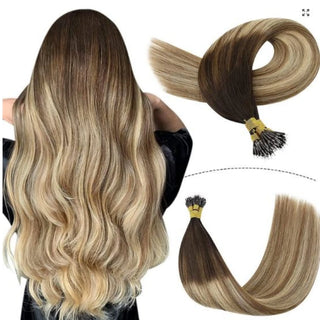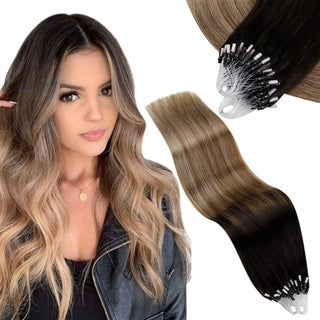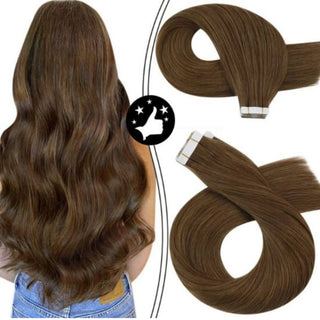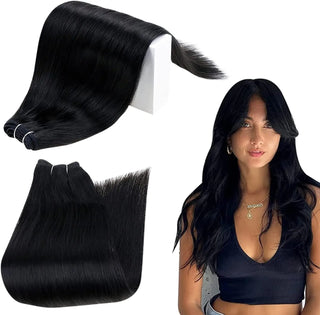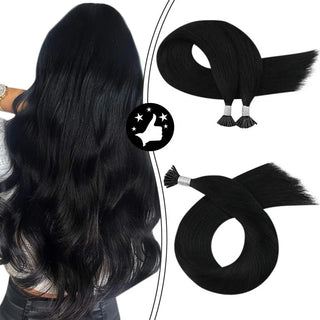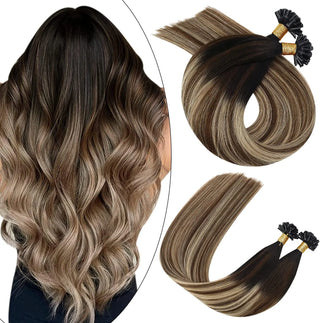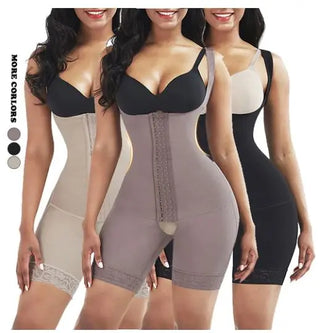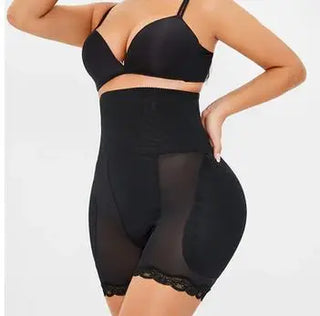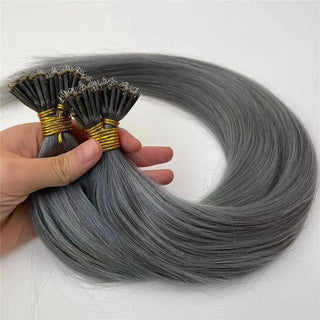Hair extensions are a popular way to enhance your natural hair, whether you’re seeking extra volume, length, or a luxurious transformation. Two of the most common types are nano ring hair extensions and tape-in hair extensions. While both methods can deliver stunning results, there are key differences that may make one more suitable for your hair type and lifestyle. In this blog, we’ll explore the distinctions between nano ring and tape-in hair extensions, helping you decide which option best suits your needs.
1. Attachment Method
The primary difference between nano ring hair extensions and tape-in extensions lies in their attachment methods.
- Nano Ring Hair Extensions: Nano rings use tiny, metal beads that are clamped onto small sections of your natural hair. No heat, glue, or tape is involved in this process, making it a more flexible and gentle method. The tiny size of the rings ensures a discreet attachment, blending seamlessly with your natural hair.
- Tape-In Hair Extensions: As the name suggests, tape-in extensions are applied by using adhesive tape. Thin wefts of hair are attached to your natural hair with a strip of medical-grade adhesive tape. This method allows for quick application, making it a popular choice for those looking for a time-efficient solution.
2. Application Time
The time it takes to apply each type of extension can be a significant factor when choosing between nano ring and tape-in extensions.
- Nano Ring Extensions: The application of nano ring extensions typically takes longer, usually around 2-3 hours, depending on the number of extensions being applied. The process requires precision to ensure that the rings are securely and discreetly attached to your natural hair.
- Tape-In Extensions: Tape-in hair extensions are known for their quick application process, usually taking around 30 minutes to an hour. This makes them a convenient option for those with busy schedules or anyone looking for a faster transformation.

3. Longevity and Durability
Both types of hair extensions can last for several months, but their maintenance and longevity differ.
- Nano Ring Hair Extensions: Nano rings are known for their long-lasting results. They can stay in place for 2-4 months before needing maintenance or adjustment. Since they are applied without heat or glue, they tend to be more durable and secure for extended wear.
- Tape-In Hair Extensions: Tape-in extensions typically need to be repositioned every 6-8 weeks as your natural hair grows. While the application is quick, the adhesive may lose its strength over time, requiring more frequent maintenance compared to nano rings.
4. Suitability for Hair Types
Each type of extension may be better suited for different hair types.
- Nano Ring Hair Extensions: Nano rings are ideal for those with fine, medium, or even thick hair. Their small size makes them virtually invisible, blending seamlessly with a variety of hair textures. If you’re looking for a long-lasting, luxurious solution, nano ring hair extensions are a great choice.
- Tape-In Hair Extensions: Tape-ins are best suited for individuals with fine to medium hair. Because they rely on adhesive, those with very oily scalps or extremely thick hair may find that the extensions don’t stay in place as well. However, they work well for creating a natural look without adding too much weight.
5. Comfort and Weight
Comfort is an important factor when choosing hair extensions, especially if you plan to wear them for an extended period.
- Nano Ring Hair Extensions: Nano rings are lightweight and comfortable to wear, even for extended periods. Since they are applied to small sections of hair, they distribute weight evenly, reducing the likelihood of discomfort or pulling.
- Tape-In Hair Extensions: Tape-in extensions are also lightweight, but the wefts can sometimes feel more noticeable, especially if they are not placed close to the scalp. For some, the adhesive strips can cause slight discomfort, particularly when sleeping.
6. Maintenance
Maintenance routines differ between nano ring and tape-in extensions, so consider how much upkeep you’re willing to invest.
- Nano Ring Hair Extensions: These extensions require regular salon visits every 2-4 months to adjust the nano rings as your natural hair grows. While they need less frequent repositioning than tape-ins, maintaining the health of your natural hair and the extensions is essential.
- Tape-In Hair Extensions: Due to the adhesive method, tape-ins require more frequent maintenance. Every 6-8 weeks, you’ll need to visit your stylist to remove and reapply the extensions as your hair grows. The adhesive also needs to be cleaned to ensure it remains sticky enough to hold.
Conclusion
Both nano ring hair extensions and tape-in extensions offer luxurious, natural-looking results, but the right choice depends on your hair type, lifestyle, and personal preferences. Nano ring hair extensions provide a long-lasting and discreet option for those seeking a secure, low-maintenance extension method. On the other hand, tape-in extensions offer a quicker, more temporary solution that’s ideal for individuals looking for fast results.
When deciding between the two, consider your hair type, how often you’re willing to visit the salon, and how long you want the extensions to last. If you're ready to transform your hair, explore options to buy nano hair extensions or tape-in extensions, and achieve the luxurious look you’ve always desired.

